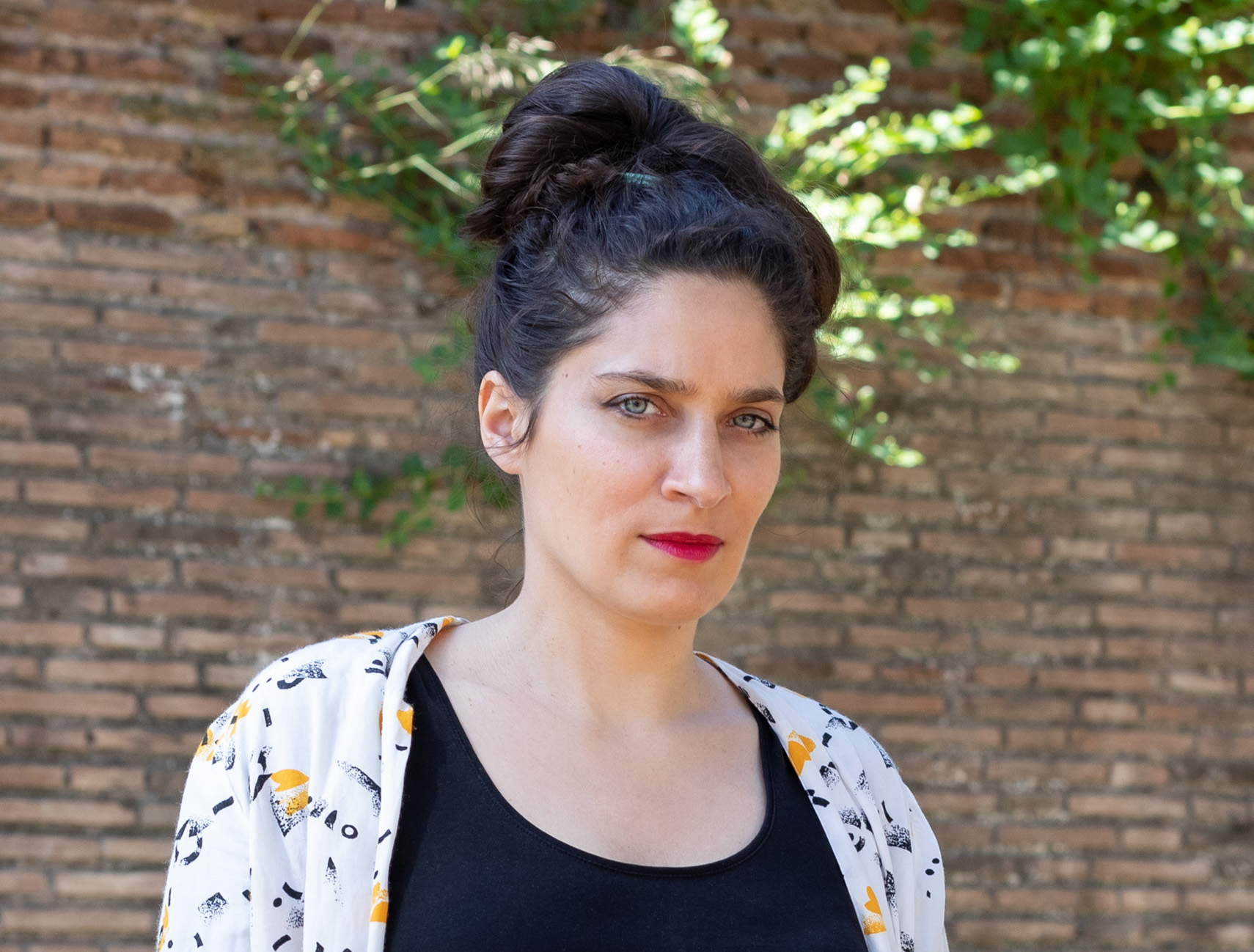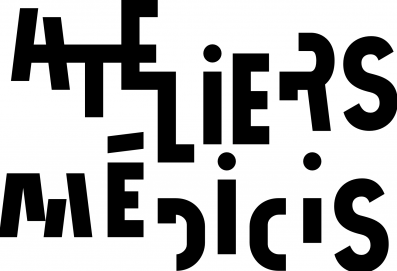Théodora Barat
Visual artist and moviemaker
August-October 2025

- Visual Arts
- Chicago
“With Superform, I will examine Chicago’s unique nuclear legacy. I will confront the peak of American power and its utopian representations, resonating with the city’s modernist architecture. The aim will be to question their resurgence in our present.”
My field of investigation and artistic creation combines film, sculpture, and installation. I am interested in changing environments, those ultimate moments when the artificial landscape becomes a sign of our ways of life and thoughts. In recent years, my work has taken a documentary turn. I focus on the emergence of modernist ideology at the foundation of our capitalist societies. In this context, the American territory has become a recurring research space.
I pay particular attention to the flip side of what I call ‘Historytelling’ – historical construction. By highlighting dark and neglected ‘anecdotes,’ I adopt a systemic approach to phenomena to reveal the ideological mechanisms at work.
In the same vein, I imbue my creations with a forward-looking thought. Like augurs, I scrutinize figures and dissect chimeras to anticipate our future. This leads me to open my work to a more experimental and intuitive practice, transcending theoretical approaches and documentary aesthetics.
Graduated from Esbanm and Le Fresnoy, I am completing a thesis in research and creation within the RADIAN doctoral program on the socio-historical impact of nuclear armament in the Four Corners region of the United States.
Théodora Barat is a visual artist, filmmaker, and researcher. She was a visual arts resident at the Villa Médicis in 2021-2022. Her work has been exhibited, screened, and discussed at the Villa Médicis, Collection Lambert, Centre Pompidou (Cinéma du Réel), BAL, Nuit Blanche (CNES and Ateliers Médicis), Friche la Belle de Mai, as well as in the United States and Hong Kong. Her work is included in the collections of CNC, the Départemental Council of Seine-Saint-Denis, and Frac Occitanie. Her video works are distributed by Light Cone. Théodora Barat has received the Audi talents award and grants from Étant Donnés, AIC – Drac Île-de-France, and the research grant from the Institut pour la Photographie.
December 1942, University of Chicago: Enrico Fermi achieves the first chain reaction in the nuclear reactor—Chicago Pile-1, located in the basement of the University of Chicago. This experiment marks the beginning of the Manhattan Project: the development of the first atomic bomb. But it also signifies the dawn of nuclear energy. Mastery of this energy represents a pivotal moment in modernity.
Through photography, sculpture, and film, Superform will explore the various sculptural and commemorative manifestations of this event. The project will primarily focus on Henry Moore’s sculpture The Nuclear Energy, which commemorates this first chain reaction, and the artifact from the science fiction film Supernova, which reenacts the discovery of nuclear energy and questions our relationship with science and progress. A constellation of other forms, including Chicago Pile-1, the experimental architecture of Fermilab, and the scientific sculptures of Robert Wilson, its first director, will also inform the project.
In a comparative analysis, the aim will be to observe their common dynamics and mutual influences to reveal the political potential of these various forms. As manifestations of a being in the world, they are, in fact, the result of an ideology.
Superform pursues a systemic approach to energy and its links to the emergence of the techno-capitalist paradigm. After examining the military use of nuclear energy—armament—with my project Four Corners, I am now focusing on its civilian application—energy.
With Superform, I will interrogate Chicago’s unique nuclear legacy. I will confront the peak of American power and its utopian representations, resonating with the city’s modernist architecture. The project will question their resurgence in our present, a necessity as we face major questions about the future of humanity and its resources.
Chicago’s nuclear legacy unfolds across several sites.
The Nuclear Energy is located at the University of Chicago. The university holds archives on Fermi’s experiment, and many of its professors work on nuclear issues.
Fermilab, named in honor of Enrico Fermi, and the Argonne National Laboratory will also be points of interest, as they both continue Fermi’s research. Their architecture is also revealing of how forms can be political statements.
Additionally, there are disposal sites, such as Site A at Red Gate Woods on the outskirts of Chicago, where Chicago Pile-1 was buried.
Finally, the architecture of Chicago itself will be a reference point, as its formal repertoire resonates with nuclear historical remnants.
In partnership with

Ateliers Médicis
Located in Clichy-sous-Bois and Montfermeil, in the Seine-Saint-Denis department, the Ateliers Médicis endeavors to promote new and diverse artistic voices. Its artistic residencies, open to artists working in any artistic field, support the creation of works conceived in collaboration with French territories and fosters encounters between artists and inhabitants.

